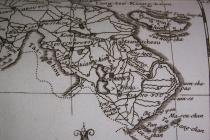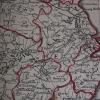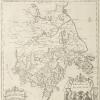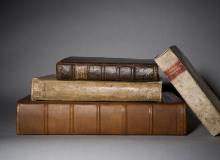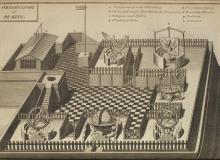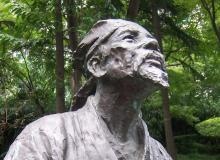Shanghai
The rich region of Jiangnan, in east China, was also home to many scholars and learned societies in the late Ming dynasty. Towns and cities like Nanjing, Yangzhou, Hangzhou, Suzhou and the smaller Shanghai, were not only places of wealth but also sites of rich cultural production. The cities were connected to each other via the networks of rivers, waterways and canals that criss-crossed the landscape, enabling there to be much physical and intellectual exchange among the people of the region.
One of the more famous scholars from Shanghai during this period was Xu Guangqi (1562-1633). At the time of his death he held the position as Minster of Rites, and was also the equivalent of Deputy Prime Minister of the Cabinet. He is also remembered for being an agronomist, a mathematician, a scientist and an astronomer. While much of this intellectual achievement was the product of his own hard work, his being a member of an intellectually inquisitive elite and his own prodigious talent, some of his successes can be linked to the fact that he also a Christian convert who was a personal friend – and protector – of the early Catholic missionaries in China. In fact, he was a close friend and collaborator of Ricci, and his influence led Xu to be baptized Christian in 1603.
Between 1603 and 1610, Paul Xu Guangqi (as he was now known to the missionaries) worked with Ricci on the translation of scientific and mathematical works, among them the Elements of Euclid. As was customary at the time, once Xu’s father died he returned to Shanghai to mourn him in 1608 and asked that the Jesuits send a priest to accompany him so that he could continue his life of prayer. This marks the beginning of the Catholic presence in Shanghai. Although the Jesuits soon established a greater institutional presence in nearby Hangzhou, they maintained a close connection to Shanghai, where Catholic numbers continued to grow. When Xu himself died his family buried him on the outskirts of Shanghai, in an area that subsequently came to be called Xujiahui.
Once Jesuits returned to China in the middle of the nineteenth century, having been suppressed in 1773, they returned first to Shanghai. Xujiahui (Zikawei in the local dialect) became the new center of their operations.
